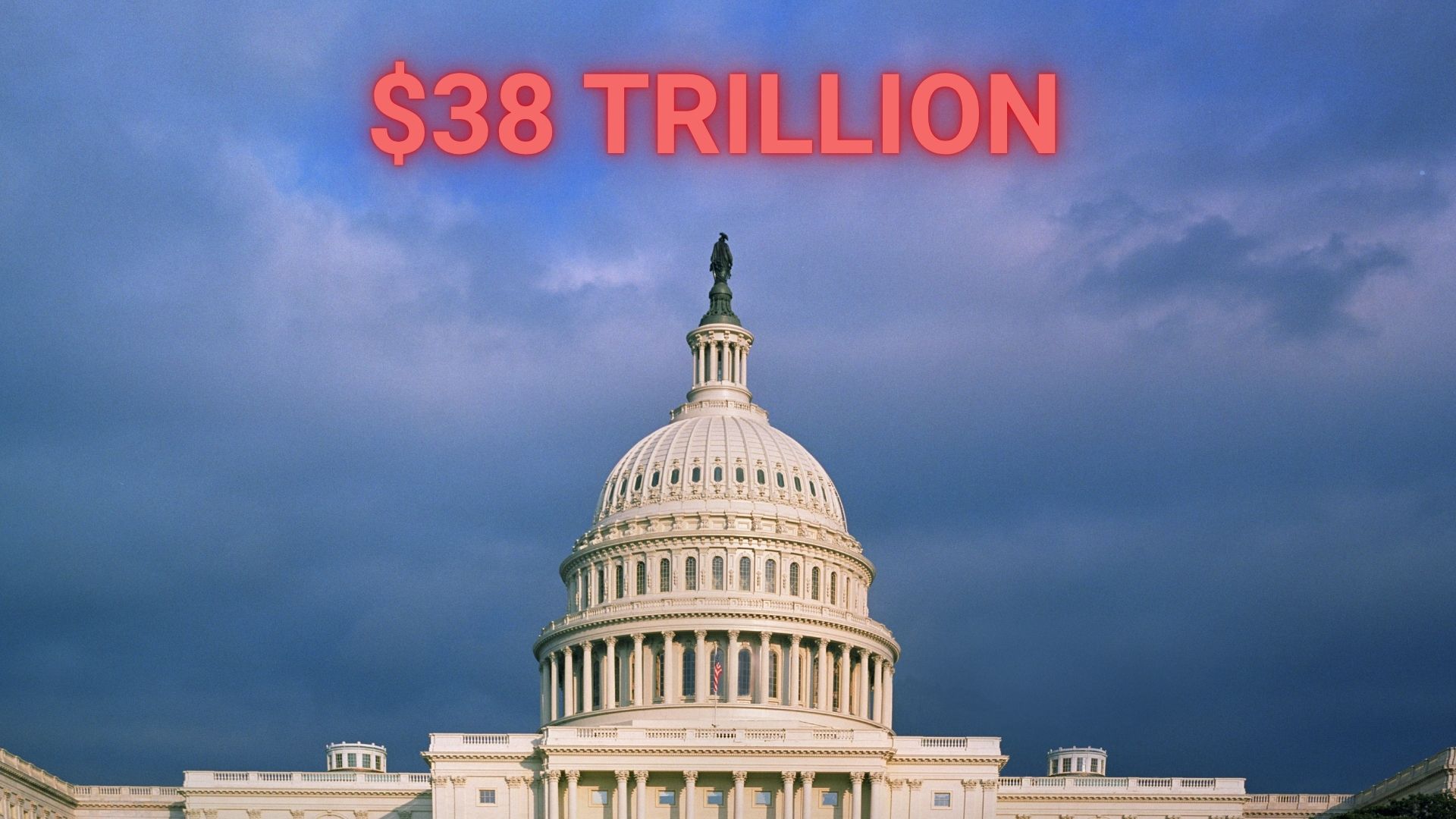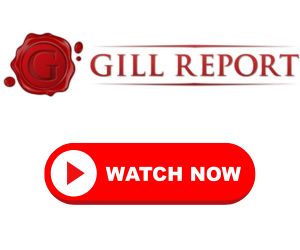The staggering ascent of the U.S. federal debt from a modest $380 billion in 1925 to an eye-popping $37.64 trillion in 2025 reflects not just a number, but a profound challenge to America’s economic future. As we stand on the precipice of reaching an alarming $38 trillion, it becomes increasingly clear that this relentless accumulation of debt is not merely a fiscal statistic; it threatens the very fabric of our economy.
The Joint Economic Committee has revealed a startling fact: the national debt has been growing at a rate of approximately $69,714 every single second over the past year. This relentless increase is not merely a result of historical patterns; it is symptomatic of a deeper malaise within our federal budgeting practices. For instance, the debt swelled by $1 trillion in just over two months—an acceleration that is reminiscent of the pandemic’s extraordinary fiscal responses, but this time without the urgent need for emergency measures. Several key factors contribute to this unsustainable trajectory:
– Deficit Spending: The federal government has consistently run annual deficits, a practice that has become all too common. This chronic overspending adds directly to the national debt, creating a cycle that is difficult to escape.
– Rising Interest Costs: As the debt grows, so do the interest payments. Michael Peterson, chair and CEO of the Peter G. Peterson Foundation, points out that interest costs are now the fastest-growing component of the federal budget. Over the last decade, the U.S. spent $4 trillion on interest, but projections indicate that this number could balloon to $14 trillion in the next ten years. This trend not only strains federal finances but also siphons off resources that could be invested in crucial areas like infrastructure and education.
The implications of this spiraling debt are dire:
– Crowding Out Investment: As the government allocates more resources to pay interest on the debt, less funding is available for public and private investments. This shift can lead to diminished productivity and stagnant wages, as businesses face higher borrowing costs and reduced capital for growth.
– Increased Economic Strain: Experts are sounding alarms that our current fiscal trajectory is unsustainable. The risk is not merely theoretical; it could manifest in economic slowdowns, reduced job opportunities, and a declining standard of living for everyday Americans.
Peterson aptly encapsulates the situation: “Adding trillion after trillion to the debt and budgeting-by-crisis is no way for a great nation like America to run its finances.” It is essential for lawmakers to acknowledge the urgency of the situation and embrace responsible fiscal reforms. Such reforms could include comprehensive budgeting practices, targeted spending cuts, and a reevaluation of tax policies that would promote economic stability without exacerbating the debt crisis.
The growing national debt is more than just a figure on a balance sheet; it is a pivotal issue that affects every American. As the U.S. approaches $38 trillion in debt, now is the time for decisive action.
By prioritizing fiscal responsibility, we can secure a stronger economic future in America for generations to come. Our K-12 education lacks essential economic principles, leaving students unprepared for personal finance and economic understanding. Microeconomics teaches supply and demand, while macroeconomics covers inflation and fiscal policy. Investing in economic education is vital for preparing future generations to thrive in a complex economy.
How will we as a nation respond to this challenge? It is time for our leaders to act decisively, prioritizing the long-term health of our economy over short-term political gains.
JC Bowman is the Executive Director of Professional Educators of Tennessee, and the Contributing Editor of TriStar Daily

















